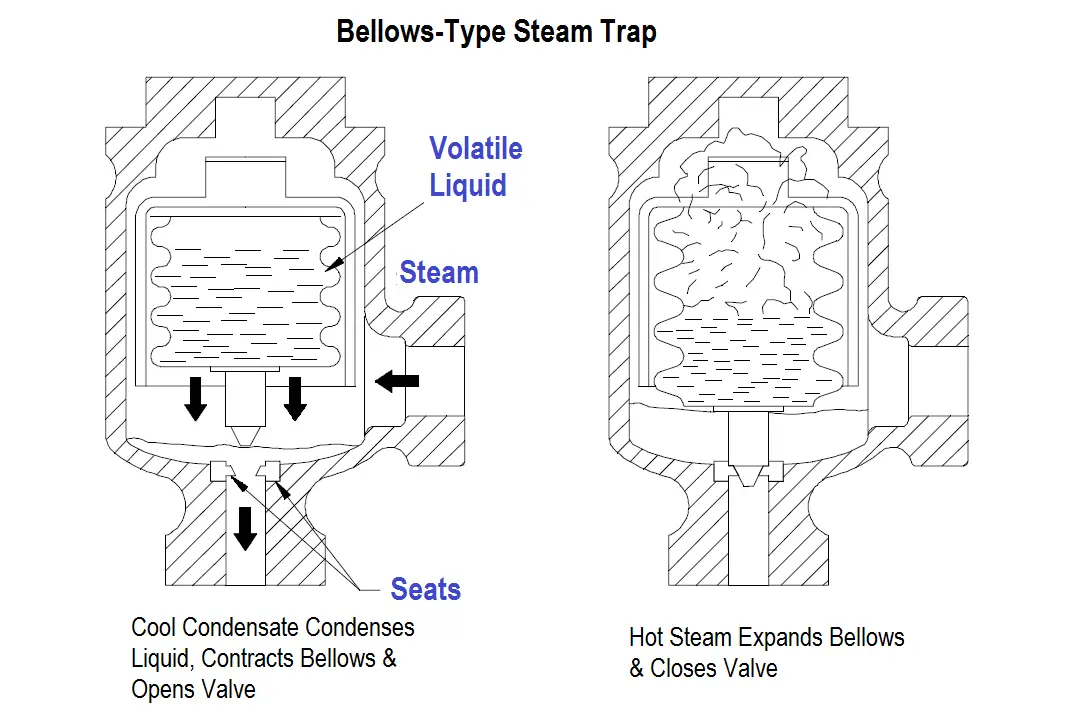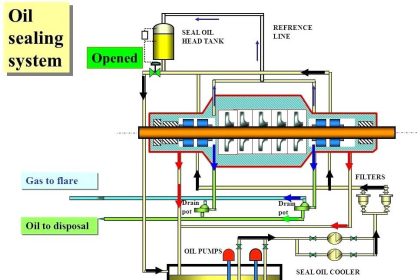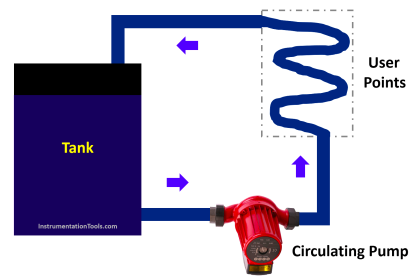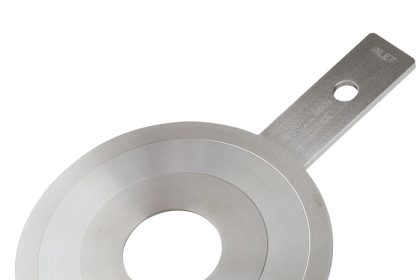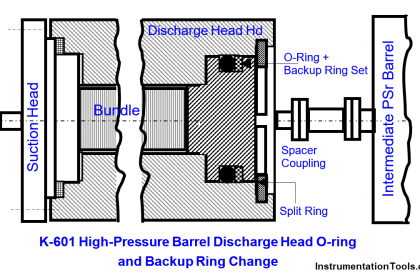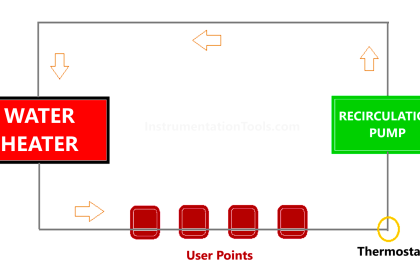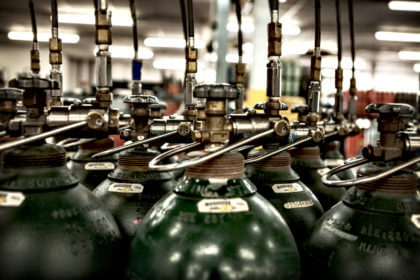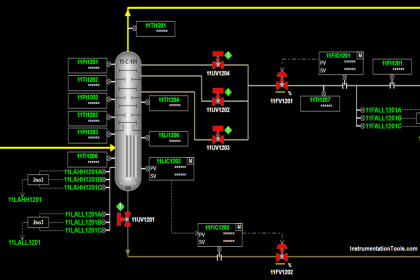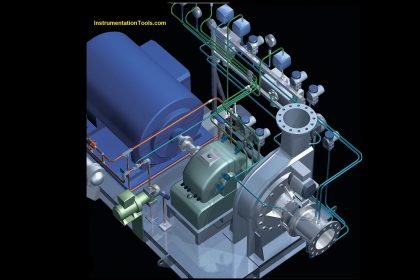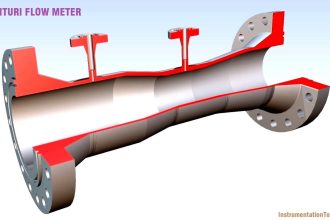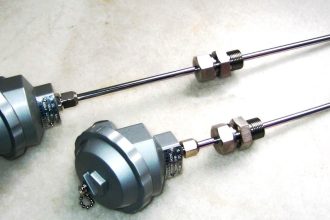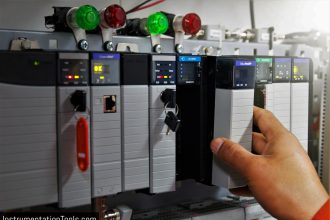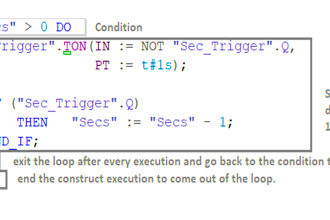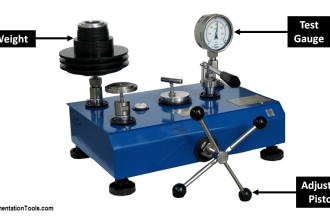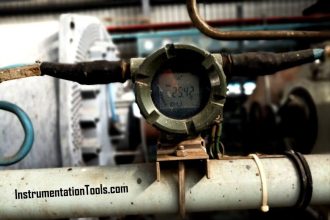In general, a steam trap consists of a valve and a device or arrangement that causes the valve to open and close as necessary to drain the condensate from piping without allowing the escape of steam. Steam traps are installed at low points in the system or machinery to be drained.
Bellows-Type Steam Trap
A bellows-type steam trap is illustrated in Figure. The operation of this trap is controlled by the expansion of the vapor of a volatile liquid, which is enclosed in a bellows-type element. Steam enters the trap body and heats the volatile liquid in the sealed bellows, causing expansion of the bellows.
Figure : Bellows-Type Steam Trap
The valve is attached to the bellows in such a way that the valve closes when the bellows expands. The valve remains closed, trapping steam in the valve body. As the steam cools and condenses, the bellows cools and contracts, thereby opening the valve and allowing the condensate to drain.
